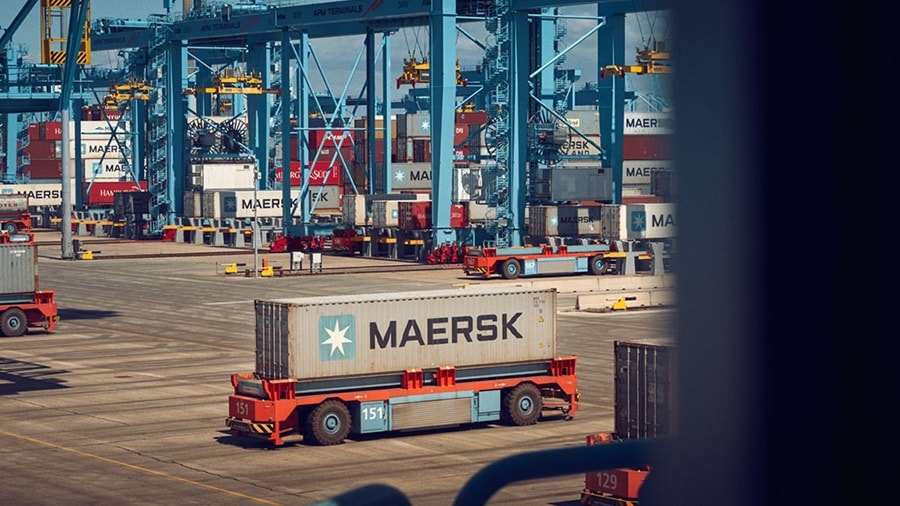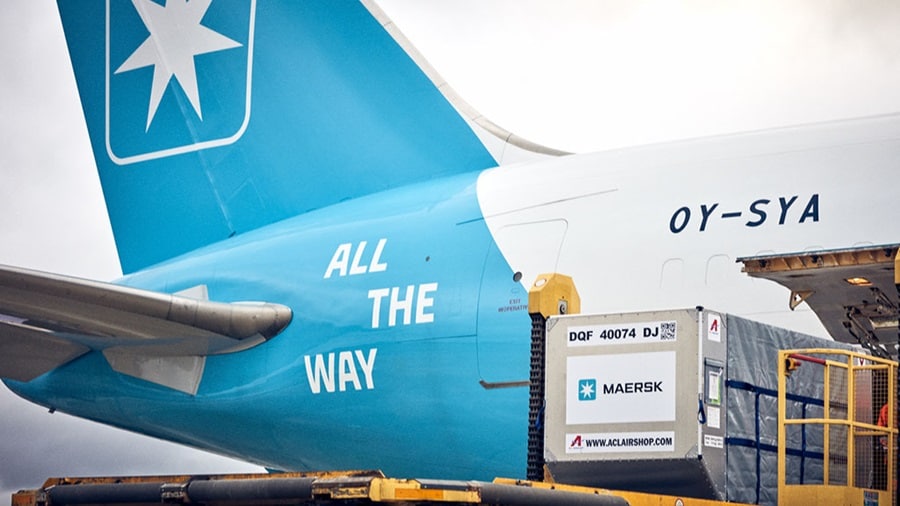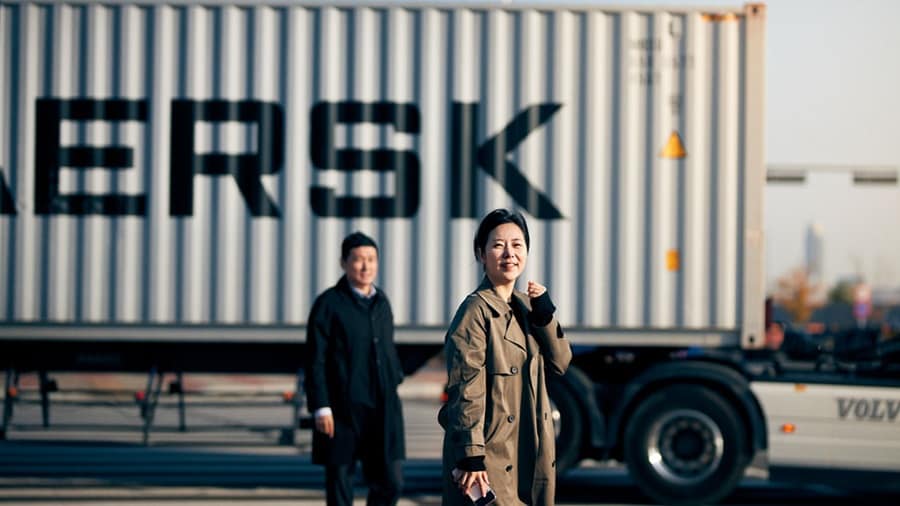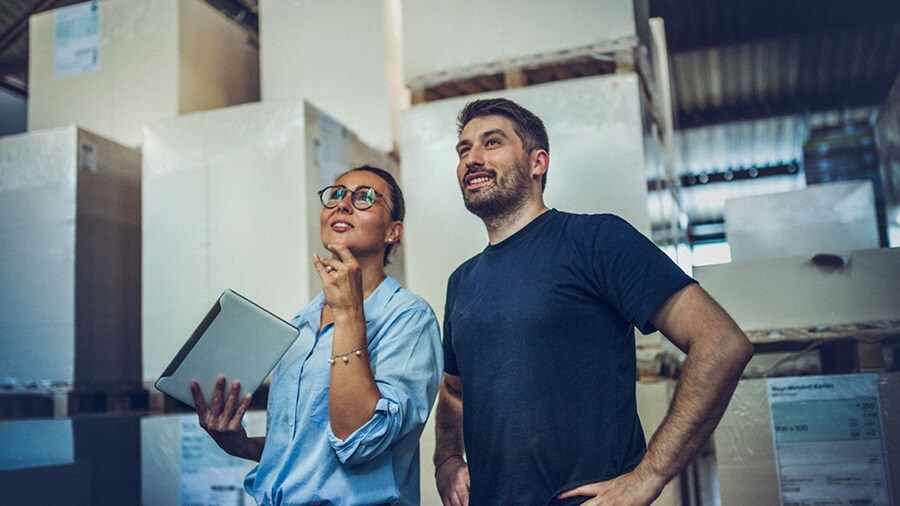Key Ports Update
Key European hubs are operating stably going into September, with high productivity and low operational waste. Mediterranean and North Europe hubs are experiencing increases in volumes in line with the demand surge on Asia-Europe trades, while terminals in Antwerp are facing a shortage of pilots due to summer vacations, but neither has caused a significant impact to operations.

Despite the increase in demand for exports towards Asia, our Hubs have managed to absorb overflows and maximise operational capability to avoid any impact on customers. To ensure the situation remains smooth and supply chains keep moving seamlessly, our teams will collaborate closely with customers and communicate the latest information as soon as possible.
For customers in need of accelerating or adding flexibility to their supply chain, we can offer value-added services to address specific supply chain needs. Find out more about how we can help with flexibility solutions.
In Q4 of this year, terminals in Tangier, Morocco, will start expanding with extra quay and yard capacity. Completion of expansion is expected before the end of December and will allow Maersk to grow with the needs of our customers.
In Poland, Port of Gdansk continues to face congestion due to an increase in demand coupled with terminal constraints and decreased labour availability. We expect the situation to impact the service delivery performance in and out of Poland in September and October. Our teams continue to monitor the situation and work on finding alternatives to minimise the impact to customers.
August saw typhoons hit the Asian continent, and as a consequence, services going from Asia into Europe may experience delays. We will communicate the latest details on the situation with our customers, should any delays occur.
Ocean Update
As we approach the Chinese National Day holiday (known as Golden Week) whereby factories close and production slows down, container shipping demand to and from Asia declines substantially. To counteract this imbalance between supply and demand, carriers announce blank sailings.
While we normally see a decrease in capacity during Golden Week and beyond, this year we are seeing a higher percentage of reductions compared to pre-pandemic levels between 2017 and 2019. In fact, when we look at the percentage of industry-wide blanked capacity between Asia and Europe in week 34 of the year, it increased from an average of 6.8% in previous years to a significant 19.9% in 2023.

During Golden Week, percentage capacity reduction increased from a typical 11.1% to 17.0%, while in the three weeks following Golden Week, we are seeing an increase from 0% in previous years to 13.8% today. As a result, in both of these weeks, percentage capacity reductions are now expected to be the highest across all analysed years.
Blank sailings mean the services customers would normally book on may not be sailing in certain weeks, which may then mean a change of departure date, arrival dates and transit times. Blankings being observed at such regularity in 2023 means businesses need to prepare thoroughly to stay on top of the situation heading into Golden Week and beyond.
Our teams will always work on ensuring there is sufficient capacity for our customers’ cargo and offer strong alternative service options in the event of blankings. During this period, effective communication between customers and our teams is key. By providing us with regular forecasting, customers help us develop a strong understanding of their intended volumes, so that we can ensure we are able to deploy the right amount of capacity to take care of their business. To keep our customers informed, our teams regularly update our advisory page to provide an overview of important announcements, including blankings.
The situation may still evolve based on demand, potentially leading to further capacity reductions. To navigate the changing situation, customers should prioritise remaining agile in their planning, and maintaining close contact with their Maersk representative to ensure they are well informed and able to make necessary adjustments in response to any emerging changes.
Air Freight
Within air freight, global capacity is continuing recover and move in the right direction. Between January and July 2023, capacity increased by 4.7% compared to the same period before the pandemic in 2019. In Europe, direct routes between Europe and Asia, as well as Transatlantic and Europe-Middle East routes, capacity has very nearly reached pre-pandemic levels - largely due to the growth in belly capacity (referring to freight transported in the cargo holds of passenger aircraft).
According to latest WorldACD data, regional cargo flows to and from Europe are currently demonstrating a consistent and encouraging pattern, with occasional upward surges. Particularly, the tonnage on routes from the Middle East and South Asia to Europe has recently witnessed an increase of 6%, while the flow from Europe to the Asia-Pacific region rose by 8%.

Air freight Spot rates from China to Europe have remained steady throughout the summer months, as recent numbers from benchmarking platform Xeneta show. This stabilisation hints at a potential return to the pre-Covid trend, where the market typically plateaus during the relatively quiet summer period and then regains momentum in the last week of August or the first week of September, heralding the onset of peak season. As peak season draws near, it is advisable for freight buyers to formulate their strategies.
The current substantial reduction in US crude oil inventories and production cuts by OPEC+ have kept oil prices on a high level. As a result, jet fuel prices remain volatile. The current average price in August stands at 2.9 USD per gallon, according to IATA.
Maersk’s new multimodal Sea-Air solution via Oman holds an opportunity to reduce transit times on traditional East-West trade routes by 20-40% compared to sea transport alone. The new service will operate through the Port of Salalah and Oman's airports, complementing the current Sea-Air solution via Dubai. It will also provide a direct link to the European market, for instance via Cairo, Egypt. Click here to find out more.
Please click here to learn more about our Air network and own-controlled flights from and to Europe.
Inland Update
Truck transport continues to be the dominant mode of inland transportation in Europe, but in recent years, it has become a significant bottleneck for supply chains. Structural shortage of truck drivers, coupled with existing infrastructure limitations, has made it difficult to achieve the desired growth in this sector.
To address these challenges and offer our customers better resilience in their supply chains, our teams have introduced a new multimodal service that connects Morocco with main consumption areas in Spain and further into Europe. The new solution combines rail and truck transport across Morocco, with an ocean shuttle from Tangier to Algeciras three times a week, and further multimodal solutions into the continent.
With the new service, we want to offer our customers an alternative to truck transport, while maintaining competitive speed to market and lower emission rates than truck transport. Find out more about our inland services here.

Intermodal solutions are also gaining momentum on the other side of the continent, as disruptions such as Covid-related port closures, sanctions, and geopolitical situations highlighted the need for development of alternative routes between Asia and Europe. Customers with just-in-time production model, and those looking to lower the emissions from transport, are making use of the Middle Corridor route into Europe.
The Middle Corridor, going through Central Asia and Kazakhstan, across the Caspian Sea, to the South Caucasus region, is the shortest route from China to Europe. Combining intercontinental rail and ocean solutions, the route offers growth opportunities for European businesses and Central Asian countries alike. Find out more about the opportunities of Middle Corridor here.
E-Commerce Update
In light of e-commerce sales bringing in a larger chunk of retail revenue year-on-year, the reverse logistics market has seen a substantial increase, with return rates for online purchases in several European countries climbing to over 39%. Free shipping and lenient return policies were once used as an incentive and a growth enablement tool, but when the cost of returns severely impacts profit margins, retailers look to make changes.
While some retailers are choosing to charge the returns back to the customer, others are adopting different strategies to maintain the promise of free returns. Find out how businesses can cope with the increasing returns here.

To lower fit-related returns and improve customer experience, e-commerce businesses are introducing virtual assistants and other AI-powered tools. In one study, virtual fit verification helped reduce the cost of the returns per net sales. Businesses’ expectations of AI go beyond pure fit-related assistance – in Italy, for example, over 70% of ecommerce companies believe AI will have a significant impact on the industry within the next three years. This can include everything from personalisation, forecasting, pricing, and customer service, however businesses should be mindful of consumer attitudes while adopting AI – in the UK, only 41% of shoppers believe the impact of AI on retail to be positive.
To balance the business benefits of AI and consumer hesitancy towards the same, ecommerce businesses will need to assess their own customer base and their respective attitudes. The key will be staying close to the end consumers, understanding their needs, and clearly communicating new features supported by AI.
Customs Update
In the EU, importers of cement, iron and steel, aluminium, fertilisers, electricity, and hydrogen, are preparing for the Carbon Border Adjustment Mechanism (CBAM), a new regulation that places a price on carbon-intensive imports into the EU. The CBAM regulation enters a transitional phase on 1st October 2023, and aims to prevent carbon leakage, which occurs when production is moved away from the EU into countries with less stringent climate policies. To find out more about the transition period and preparing your supply chain for CBAM, click here.

In April, the UK announced the final Border Target Operating Model (BTOM) that would be released from 31st October 2023. Due to a number of reasons, and to give businesses sufficient time to prepare, the Government has now announced a three-month delay in two planned phases, with the final phase remaining unchanged. Introduction of health and phytosanitary certificates for medium risk animal products, plants and plant products that are imported into the UK from the EU, EFTA, Irish and non-qualifying NI goods has been moved to 31st January 2024.
Likewise, the introduction of health and phytosanitary certificates for medium risk animal products, plants and plant products that are imported into the UK from the EU, EFTA, Irish and non-qualifying NI goods has been postponed until 30th April 2024. The final phase, for safety and security declarations for EU imports, is still scheduled to go into effect on 31st October 2024. Find out more about BTOM here.
As previously announced, the new UK Internal Market Scheme (UKIMS) will replace the current UK Trader Scheme for qualifying movements of goods into Northern Ireland form the UK under the Windsor Framework as of 30th September. Once registered and authorised, customers will be able to self-declare goods as ‘not at risk’ and will therefore be exempt from EU duties and taxes. Find out more about UKIMS here.
Useful Links
To sign up for the Maersk Europe customer newsletter, click here and update your preferences when prompted via email.
Check the latest Maersk North America market update.
Check the latest Maersk Latin America market update.
无论您需要什么,我们都可以随时为您提供帮助
I agree to receive logistics related news and marketing updates by email, phone, messaging services (e.g. WhatsApp) and other digital platforms, including but not limited to social media (e.g., LinkedIn) from A. P. Moller-Maersk and its affiliated companies (see latest company overview). I understand that I can opt out of such Maersk communications at any time by clicking the unsubscribe link. To see how we use your personal data, please read our Privacy Notification.
By completing this form, you confirm that you agree to the use of your personal data by Maersk as described in our Privacy Notification.
